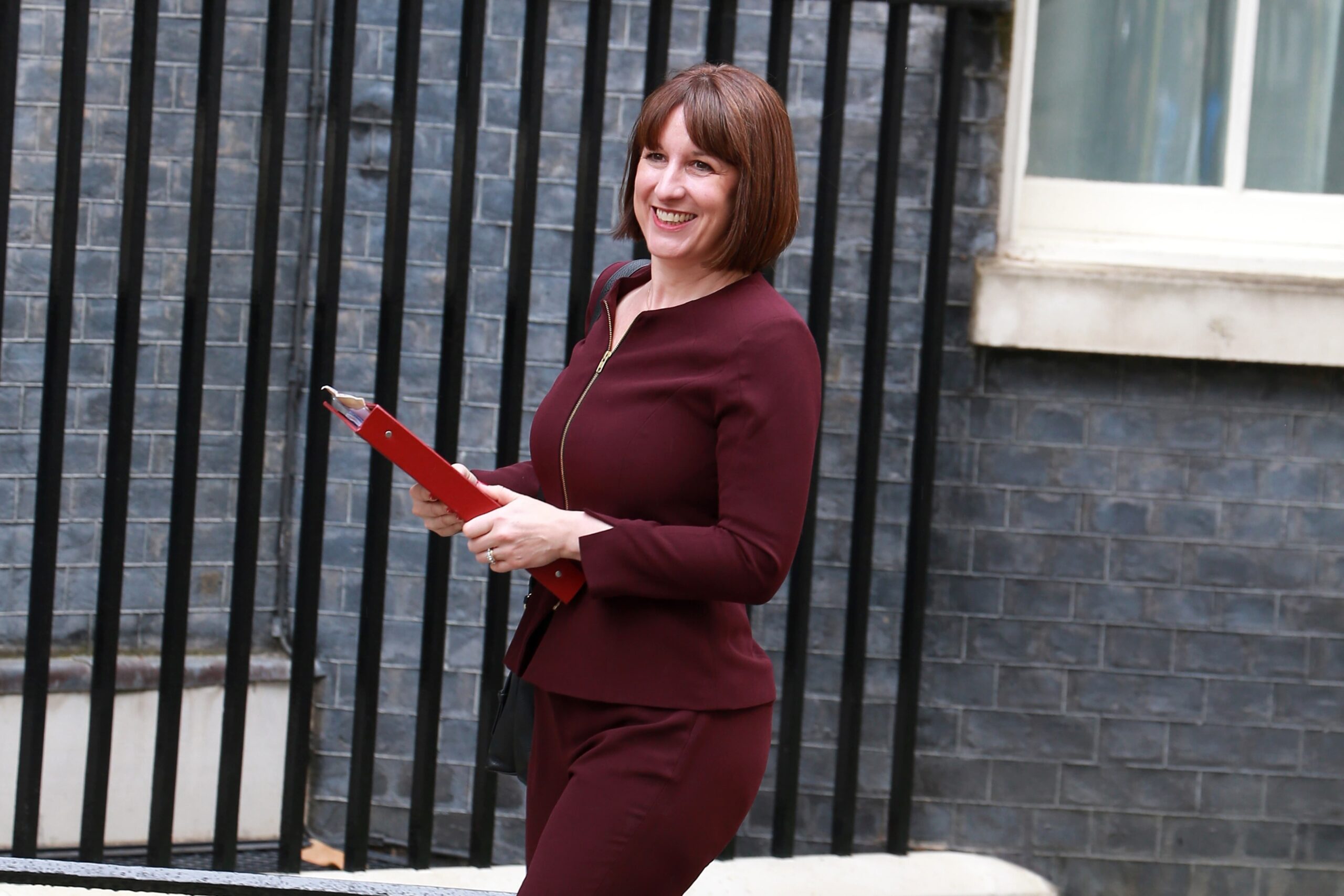
Posted on: 28th March 2017 in News
The controversial new UK £1 coin comes into circulation today (March 28th 2017). With 3% of old £1 coins being counterfeit, the Royal Mint calls the new hi-tech £1 coin “the most secure coin in the world”. Holborn Assets looks at the ins and outs of the currency changeover.
Use them by 15th October 2017. After that date, your high street bank is likely to take them (depending on the company), and the Post Office certainly will (for an unspecified period).
About one in thirty pound coins in circulation are counterfeit, says the Royal Mint in 2017. In May 2015, a Royal Mint survey found that more like one in forty pound coins were fake. Either way, if you come across an old £1 coin that you identify as a fake, remember that it is actually illegal to use a counterfeit £1 coin. The Royal Mint asks consumers to hand in fake versions immediately. But, since Brits won’t get a new £1 coin in return, this is a suggestion that many are likely to continue to ignore.
Key things to look out for include:
Last year, members of the British public were reported to be reacting “with outrage and bewilderment” to the new £1 coin design (huffingtonpost.com). People said it looked “toy money” and complained that the need for a new design was not clear. Businesses have always been concerned about the cost and viability of the change-over process from one version to the other. The British Parking Association for example, says that a quarter of the UK’s 100,000 pay and display machines won’t be ready in time to accept the new coin.
The Royal Mint aim to produce 1.5bn of the new coins on its site in South Wales, UK.
A new design integrates traditional plant symbols of the UK: the English rose, the Welsh leek, the Scottish thistle, and the Northern Irish Shamrock. This was created originally by a 15 year old called David Pearce who won an open design competition.
The fifth coinage portrait of Her Majesty the Queen – penned by Royal Mint designer Jody Clark – features on the new coin.
The Royal Mint says that “the legal tender status of the round £1 coin will be withdrawn on 15th October 2017.” This means that shops will no longer accept the old £1 coin from this date, but Brits will still be able to take the old version into banks.
The new £1 coin features 12 distinct sides (a dodecagon), as opposed to the regular circular shape of the old £1 coin.
Like other UK coinage, the new £1 coin features milled edges – but on the new £1 coin, only 6 of the 12 facing sides are milled.
The outer ring of the coin is made of nickel-brass (gold-coloured). The inner ring is nickel-plated alloy (silver colour).
Both sides of the coin feature “micro-lettering” on the inside rim on both sides of the coin. On the “heads” side, this micro-lettering spells out “one pound”. On the tails side, the repeated legend is simply the year of minting ie. “2017”.
What the Royal Mint call a “latent image” is set into the coin which works like a hologram to show two different images, depending on the angle of viewing: either a “£” symbol or the number “1”.
The Royal Mint says “a high security feature is built into the coin to protect it from counterfeiting in the future”.
The Royal Mint proposes three key phases for UK business to deal with the coinage change:
(time period up – it’s here!) Businesses have been urged to check that any equipment can handle the new coin and that staff are trained in any necessary modifications to equipment.
(28th March to 15th October 2017) Businesses are reminded that, during this period, they can accept both types of coin from customers. Businesses have also been asked to return old and new £1 coins to the bank in separate bags – to facilitate the nationwide easing out of the old version. Equipment may accept either of the new or old £1 coin versions – or both. But customers will need to be informed either way.
(from 16th October 2017) Businesses are now under no obligation to accept the old £1 coin, neither should they distribute any of the old version. All coin-handling equipment should, by now, be able to accept the new £1 coin. The old version of the £1 coin will remain (for an unspecified period) acceptable for paying in to most high street banks and Post Office accounts; you will need to check with your own bank for details – and be sure to check deposit limits. (Holborn Asset’s UK office does not engage in cash transactions, and will therefore remain unaffected by the coinage change)
Here at Holborn Assets, we know that “small change” is anything but small when it is all added up together. “Look after the pennies and the pounds will take care of themselves” is an old-fashioned saying, but one that we respect. Because it’s true! If you want financial security, it’s the small, regular steps that count. The old pound coin originally came in to replace pound notes in 1988, but it is still criticised for adding so much physical weight to the pockets of consumers. The new version tackles this issue by being slightly thinner (2.8mm) and lighter (8.75g) than the old £1 coin, but features a slightly-larger diameter (23.43mm).
We have 18 offices across the globe and we manage over $2billion for our 20,000+ clients
Get started
Digital Assets: From Fringe to Framework A Responsible View for Internationally Mobile Investors Executive Summary Digital assets have moved from the fringes of finance into mainstream discussion. The arrival of...
Read more
Across the global expatriate market, one product category is showing unprecedented momentum in 2025: Indexed Universal Life (IUL). As client expectations move toward solutions that combine long-term protection, tax-efficient wealth...
Read more
Chancellor Rachel Reeves delivered her second Autumn Budget in dramatic circumstances, after the Office for Budget Responsibility (OBR) accidentally released its full economic outlook online 45 minutes before her speech....
Read more
In today’s world, much of our lives are lived online. From email accounts and social media profiles to digital wallets and online businesses, we’re building a digital legacy—often without realising...
Read more